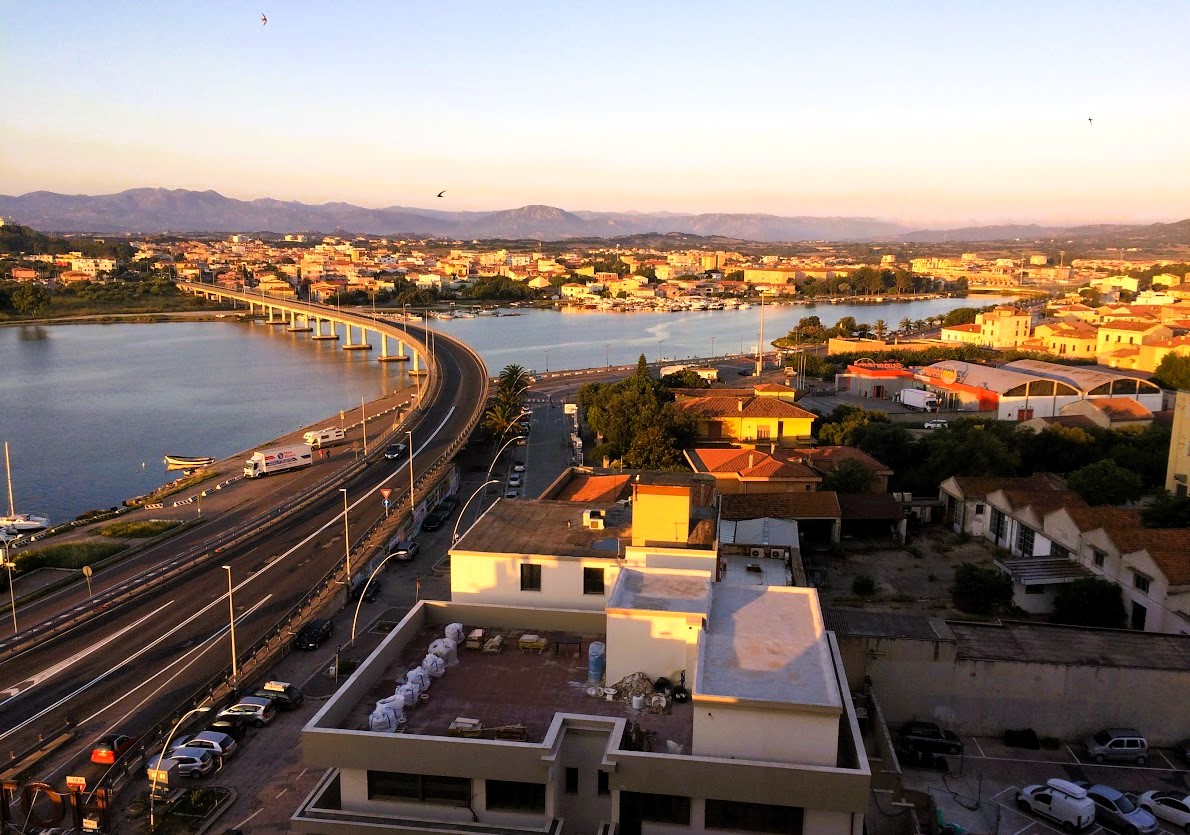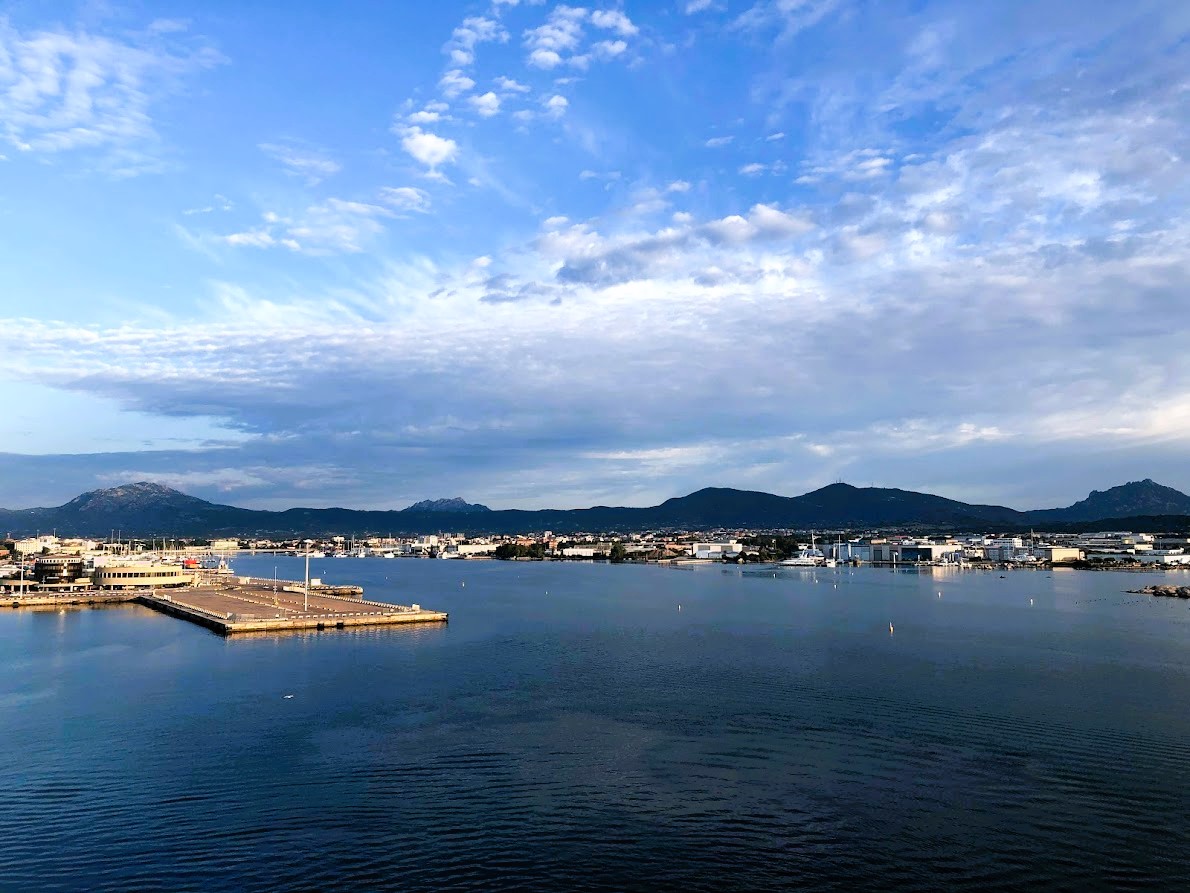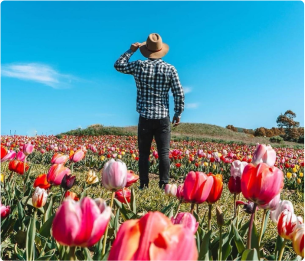
Olbia
Olbia is the gateway to north-eastern Sardinia and at the same time the economic engine of the Gallura region. The ancient and thriving city is a popular holiday location with bay view and many attractions. The Greeks called this place Olbia – happy. The past breathes upon you from many corners of the city, which is told by numerous finds from different periods. Such as a rare find of almost 900 pieces of gold coins from the island of Peddone, to be admired in the Archaeological Museum, or the Punic-Roman necropolis (subsequently Christian) with 450 tombs, dating from the end of the 11th to the beginning of the 12th century, which is now part of the museum located near the altar of the basilica San Simplicio. The basilica is the most important religious Christian building in Sardinia. The city’s patron, Saint Simplicius, is celebrated at the end of May with the Festa di San Simplicio celebration, with a costumed procession. The first evidence of human settlement dates back to the period 4000 to 3500 BC, from which there are the first local dolmens, menhirs and megalithic buildings. The first stable settlement around Olbia arose during the time of the Phoenicians (between the 5th and 4th century BC). The Carthaginians surrounded the settlement with walls and towers, part of them can still be seen on Via Torino. Under Roman rule, the city became the main centre on the east coast. Roman Olbia had cobbled streets, baths, a forum, part of which is preserved near the town hall, and an aqueduct leading to the site of Tilibbas (from the 1st to 2nd century AD). The ruins of Villa s’Imbalconadu are dated from the same period, from the 1st century AD. In 1999, the wrecks of twenty-four ships were discovered in the old port, probably sunk during the siege of the city by the Vandals. Olbia has a beautiful bay view, which protects the Tavolara Natural Marine Park and is the gateway to the exclusive Emerald Coast (Costa Smeralda). The vast coastline offers countless coves with turquoise waters to choose from: the four magnificent coves at Porto Istana, which are part of a protected natural area, the Lido di Pittulongu, and especially La Playa, a popular beach among the locals. Followed further by Dello Squalo (shark) beach and il Pellicano (pelican) beach. The most northerly beaches are Mare e Rocce and Bados (adjacent to Golfo Aranci). To the north of Olbia there is another long stretch of beaches: fine sand (occasionally with small pebbles) and clear sea in Porto Rotondo, Marina di Cugnana and Portisco, and not to mention the Rena Bianca beach in particular. To the south, towards San Teodoro, there are the yellow-ochre beaches of Lido del Sole, Le Saline, Bunthe, Li Cuncheddi and Punta Corallina. The sea also characterizes the local gastronomy. Don’t forget to taste the seafood specialities, the mussels in particular, accompanied by a glass of the excellent white wine, Vermentino di Gallura.




